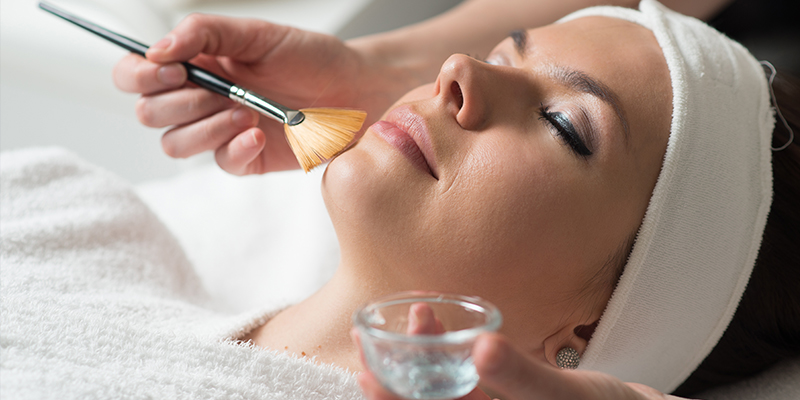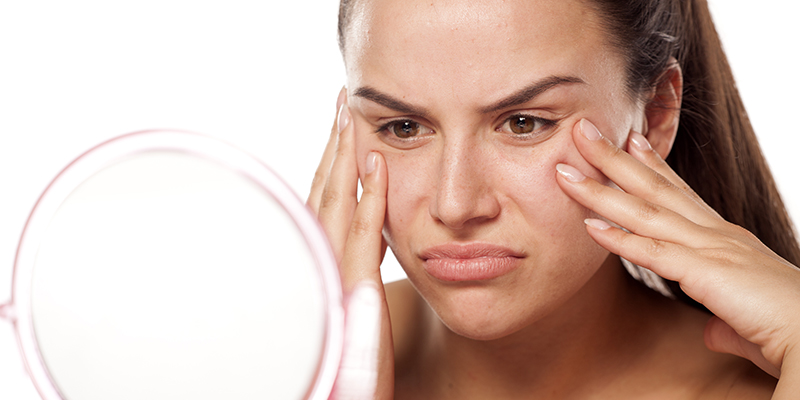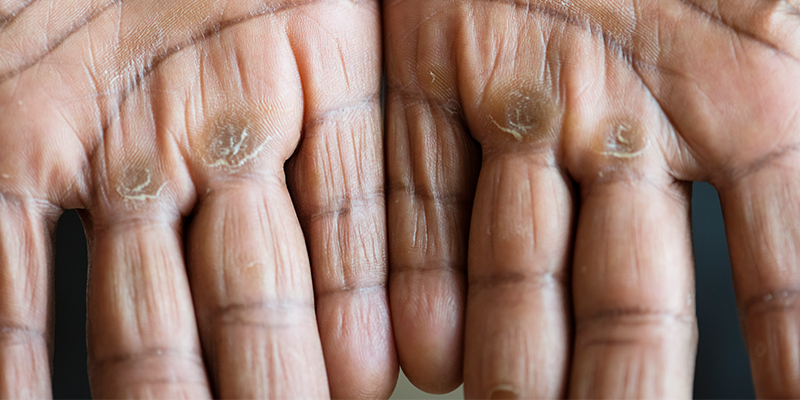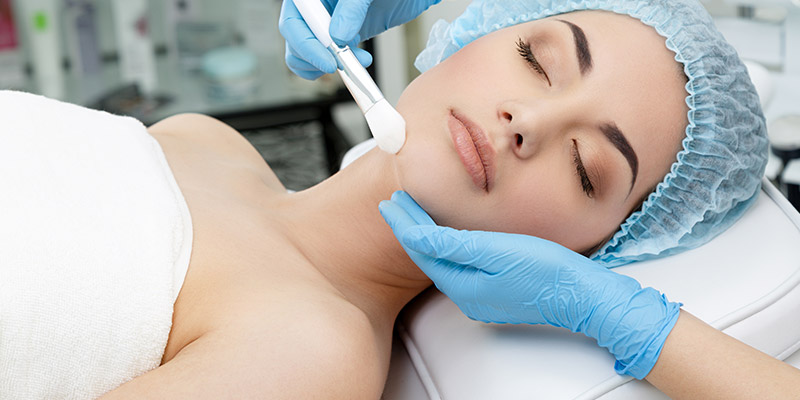Skin Patch Test: Procedure, Results & Side Effects
The importance of conducting a patch test before laser and chemical peel treatment is not just confined to prevent adverse reactions, but also to ensure a customized and safe cosmetic procedure for your skin. It is used to examine if the prescribed procedure, triggers an allergic skin reaction or aggravates an already persisting skin condition.
Skin Patch Tests In Dermatological Treatment
Before proceeding with laser treatment for skin and hair or chemical peel procedures to get rid of unusual spots on skin, it is required to undergo a patch test to check for allergies. This test is administered under a range of settings to evaluate the impact of identified treatment and check for adverse reactions, if any. It begins with mild level of a chemical or laser under controlled conditions, and further progresses to higher levels until the clinical end point is ascertained. It is done only at a small area on the skin, and takes hardly a few minutes to complete. This patch test helps both the patient and the dermatologist to get a brief idea on the actual procedure ahead.
It also helps the dermatologist in determining the grade and consistency of the laser energy to be used or amount and strength of the chemicals to be used for the peel procedure. In a true patch test, certain substances are applied to the skin normally at the neck or back. Afterward, the reaction of your skin to these allergens is studied. Mostly these tests help in ascertaining certain common allergens like chromate, cobalt, epoxy resin, formaldehyde, fragrance mix, lanolin, neomycin, nickel, MBT, parabens, PPD, primin, PTBPF, thiuram, and more. The European standard series of allergens is considered as a baseline for these tests.
Must Read: How To Find The Best Dermatologist Near You?
What Is Patch Testing For Allergies?
Ideally, a skin patch test for allergies is done to identify various substances which may cause a negative reaction on your skin. After obtaining the results, the Dermatologist can identify specific allergens causing side effects and control them to proceed with further treatment. Any clinical procedure on skin conducts an allergy patch test itching, to examine persistent dermatitis or eczema.
The patch test results also help in monitoring the existing skin deformities. In some cases, using certain medicines (mostly topical) on the body develops allergic reactions. Therefore, a skin patch test for allergies also helps in developing an ideal course of treatment for any other problem.
Patch Test Procedure
A patch test is conducted under controlled conditions, and is monitored for its impact on the skin for every level of chemical or laser energy administered on a patient. Visit a certified dermatologist for the procedure as they have an experience and expertise on the treatment.
How To Do A Patch Test?
- Before beginning, it is important to discuss your medical history in detail. Let the dermatologist know about the cosmetics you use, existing allergies, genetic issues, current medicines, and other vitals that can be resourceful.
- After examining your skin, medical history, and the presence of skin rashes, your doctor will make a list of all the important allergens that should be tested.
- The allergy patch test is done on that part of your skin which is not affected by any infection. In most of the cases, it is the neck, upper back or shoulder.
- Your dermatologist will carefully prepare different solutions, keeping a non-allergic substance as a base and mixing various allergens in it.
- These allergens are mostly kept in metal discs and are placed in the direct contact with the skin, beginning slowly and then the strength may be increased.
- The allergens are kept idle for some time, based on the treatment chosen.
- After sometime, the patches are removed and their reaction to the skin is observed.
Must Read: What Is Skin Inflammation?
Allergy Patch Test Side Effects And Risks Associated
Skin patch test for allergies doesn’t have any radical side-effect or risks involved. But if you are extremely allergic to any substance which was not identified in initial diagnosis, then it can cause a rash on your body. Some substances can even make your skin swell and develop wheals (itchy bumps). While the patch test is progressed, if you feel unease or any discomfort, you must inform the dermatologist immediately. The therapist would normalize it by putting a cold compress and prevent any severe outbreak.
While the infection mostly subsides in a day or two, it might last for a week in extreme cases. Getting a severe reaction to any substance is extremely rare. Nevertheless, you should get the allergy patch test itching performed only at a certified skin clinic where you can get immediate medical attention for any emergencies. Additionally, if you see any evident change in your body during or after the test, then get in touch with your dermatologist immediately.
Importance Of Patch Test In Dermatology
Patch test is important for many dermatologic treatments for skin and hair. This helps in evaluating the skin condition and ascertaining the impact of allergens by testing on a small area of skin. A baseline series or a standard series is applied to the patients and appropriate tests are conducted thereafter. Each allergen is examined and most adequate concentration is administered on the skin, to prevent any irritation in performing the treatment successfully.
Results After Conducting Skin Patch Test For Allergies
Dermatologists follow the guidelines provided by the International Contact Dermatitis Research Group to quantify the results of the test. The results of a skin patch test can be as follows:
- +?: Mild reaction with a bit of redness
- +: Positive yet weak reaction associated with mild red rashes
- ++: A strong positive reaction depicted by a swollen skin and red blisters
- +++: An extreme positive reaction depicted by large blisters, swollen red skin, and a progressive allergic reaction.
- IR: Irritant reaction. In this, skin turns red, but recovers quickly once the patch is removed.
On the basis of the obtained results, your doctor will suggest a course of treatment. This treatment would therefore be safe and effective as the effect of laser or chemical peels on your body are already identified. Visit your dermatologist to get more insights and proceed ahead with your treatments for a beautiful and confident self.
Must Read: What Are The Common Skin Diseases?















